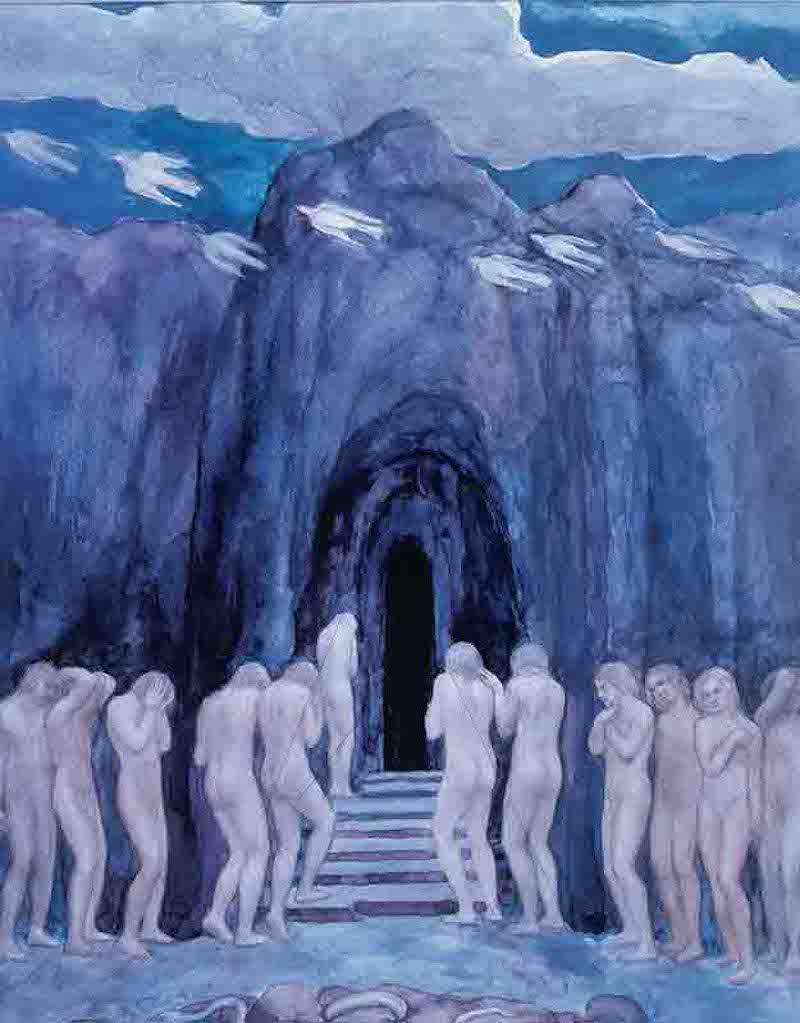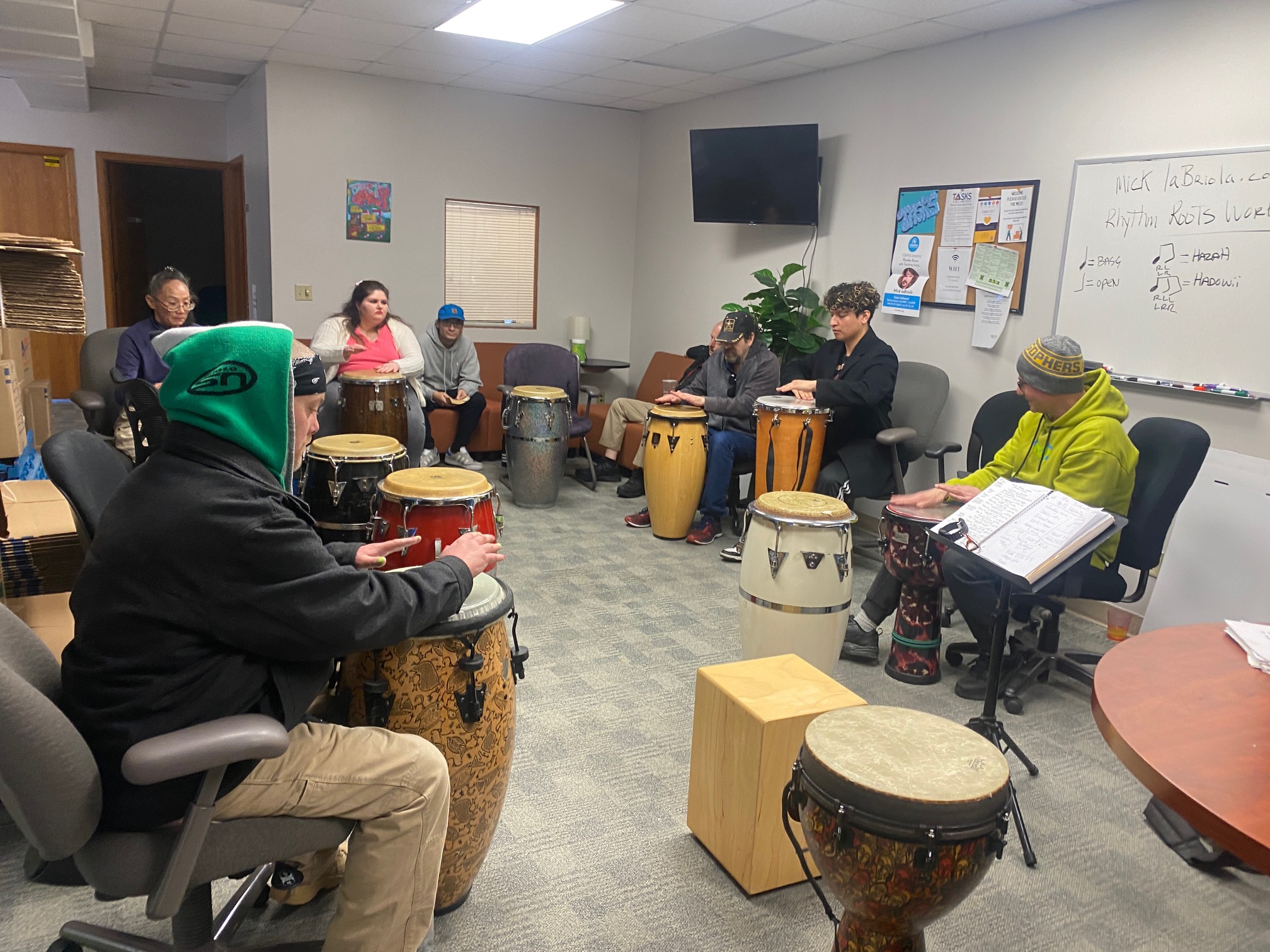Blog
Elmer Bernstein (April 4, 1922 – August 18, 2004) was an American composer and conductor. In a career that spanned over five decades, he composed “some of the most recognizable and memorable themes in Hollywood history”, including over 150 original film scores, as well as scores for nearly 80 television productions. For his work, he received an Academy Award for Thoroughly Modern Millie (1967) and a Primetime Emmy Award. He also received seven Golden Globe Awards, five Grammy Awards, and two Tony Award nominations.
He composed and arranged scores for over 100 film scores, including Sudden Fear(1952), The Man with the Golden Arm (1955), The Ten Commandments (1956), Sweet Smell of Success (1957), The Magnificent Seven (1960), To Kill a Mockingbird (1962), The World of Henry Orient (1964), The Great Escape (1963), Hud (1963), Thoroughly Modern Millie (1967), True Grit (1969), My Left Foot (1989), The Grifters (1990), Cape Fear (1991), Twilight (1998), and Far from Heaven (2002). He is known for his work on the comedic films Animal House (1978), Meatballs (1979), Airplane! (1980), The Blues Brothers (1980), Stripes (1981), Trading Places (1983), Ghostbusters (1984), Spies Like Us (1985), and Three Amigos (1986).
He also worked on frequent collaborations with directors Martin Scorsese, Robert Mulligan, John Landis, Ivan Reitman, John Sturges, Bill Duke, George Roy Hill, Richard Fleischer, John Frankenheimer, and Henry Hathaway.
more...Hugh Ramapolo Masekela (4 April 1939 – 23 January 2018) was a South African trumpeter, flugelhornist, cornetist, singer and composer who was described as “the father of South African jazz“. Masekela was known for his jazz compositions and for writing well-known anti-apartheid songs such as “Soweto Blues” and “Bring Him Back Home“. He also had a number-one US pop hit in 1968 with his version of “Grazing in the Grass“.
more...McKinley Morganfield (April 4, 1913 – April 30, 1983), better known as Muddy Waters was an American blues singer-songwriter and musician who was an important figure in the post-World War II blues scene, and is often cited as the “father of modern Chicago blues“. His style of playing has been described as “raining down Deltabeatitude”.
Muddy Waters grew up on Stovall Plantation near Clarksdale, Mississippi, and by age 17 was playing the guitar and the harmonica, copying local blues artists Son House and Robert Johnson. In 1941, Alan Lomax and Professor John W. Work III of Fisk University recorded him in Mississippi for the Library of Congress. In 1943, he moved to Chicago to become a full-time professional musician. In 1946, he recorded his first records for Columbia Records and then for Aristocrat Records, a newly formed label run by brothers Leonard and Phil Chess.
more...Harmonic tension between the E major and F major chords is prevalent in the Soleá form, causing both harmonic and tension and resolve throughout a performance. A Soleá may include the escobilla section, where the beat shifts to a feeling of three (1,2,3, 4,5,6, 7,8,9, 10,11,12).
After a long night of dancing and singing lively toques, guitarists may play the Soleá as a melancholy conclusion. When the drinks are finished and there’s a stillness in the air, and the sun is on the verge of rising…play the Soleá.
more...
IC 2177 is a region of nebulosity that lies along the border between the constellations Monoceros and Canis Major. It is a roughly circular H II regioncentered on the Be star HD 53367. This nebula was discovered by Welsh amateur astronomer Isaac Roberts and was described by him as “pretty bright, extremely large, irregularly round, very diffuse.”
The name Seagull Nebula is sometimes applied by amateur astronomers to this emission region, although it more properly includes the neighboring regions of star clusters, dust clouds and reflection nebulae. This latter region includes the open clusters NGC 2335 and NGC 2343.

April 3rd 1953 Craig Taubman, Jewish-American singer (Friday Night Live), born in Millington, Tennessee
Craig Taubman is a singer and composer, known both for his Jewish liturgical music for the synagogue and his popular contemporary music.
Taubman studied music at UCLA and moved to Israel and lived there for almost 3 years, where he played in several bands and ensembles. Later, he wrote a children’s album that led to a contract for music writing for the Disney channel. In 1997 Taubman was asked by Rabbi David Wolpe from the Conservative synagogue ‘Sinai Temple‘ in Los Angeles to write modern music for the Friday night prayer. “Friday Night Live” was performed in the synagogue once a month at first, and then every two weeks, and had a musical setting, with guitars, clarinets, keyboards, and several singers. Those events were popular among young audiences and were attended by more than 1500 people at a time. The songs that Taubman wrote for this setting were gathered in an album by the name “Friday Night Live”.
Taubman was also the producer of ‘Celebrate Hip-Hop’ a compilation of Jewish hip-hop worldwide that includes tracks by Mook E., Solomon & Socalled, Etan G., and the Hip Hop Hoodíos.
more...Homesick James (April 30, 1910 – December 13, 2006) was an American blues musician known for his mastery of the slide guitar. He worked with his cousin, Elmore James, and with Sonny Boy Williamson II.
more...Walter Gabriel Pichon (April 3, 1906 – February 25, 1967) professionally known as Fats Pichon, was an American jazz pianist, singer, bandleader, and songwriter. Pichon was born and raised in New Orleans, Louisiana, and began playing piano in his childhood. He also played baritone horn in brass bands in his youth, already a professional musician by 1920.
more...James Harrell McGriff (April 3, 1936 – May 24, 2008) was an American hard bopand soul-jazz organist and organ trio bandleader. McGriff formed a combo that played around Philadelphia and often featured tenor saxophonist Charles Earland (who soon switched permanently to organ, and became one of the instrument’s renowned performers). During this time, McGriff also accompanied such artists as Don Gardner, Arthur Prysock, Candido and Carmen McRae, who came through town for local club dates.
more...
Rocco Scott LaFaro (April 3, 1936 – July 6, 1961) was an American jazz double bassist known for his work with the Bill Evans Trio. LaFaro broke new ground on the instrument, developing a countermelodic style of accompaniment rather than playing traditional walking basslines, as well as virtuosity that was practically unmatched by any of his contemporaries. Despite his short career and death at the age of 25, he remains one of the most influential jazz bassists, and was ranked number 16 on Bass Playermagazine’s top 100 bass players of all time. LaFaro died in an automobile accident on July 6, 1961, in Seneca, New York, on U.S. Route 20 between Geneva and Canandaigua, four days after accompanying Stan Getz at the Newport Jazz Festival.
more...Teaching a Rhythm Roots Workshop Residency at Tasks Unlimited Wednesday April 2nd 2025 11am-1pm. Second class in a Wednesday series of 6 sessions. Exploring rhythms of Egypt, Algeria, Bulgaria, Dominican Republic, Spain and more. Culminating into a Performance on April 30th. Tasks Unlimited provides supported employment, housing and recovery services for people with mental illness so that they achieve a full life with the rights and responsibilities of adults in our society.

more...
NGC 1893 is an open cluster in the constellation Auriga. It is about 12,400 light years away. The star cluster is embedded in the Tadpole Nebula (HII region IC 410). Images of the star cluster by the Chandra X-ray Observatory suggest that it contains approximately 4,600 young stellar objects.

Emmylou Harris (born April 2, 1947) is an American singer, songwriter, musician, bandleader, and activist. She is considered one of the leading music artists behind the country rock genre in the 1970s and the Americana genre in the 1990s. Her music united both country and rock audiences in live performance settings. Her characteristic voice, musical style and songwriting have been acclaimed by critics and fellow recording artists.
Harris developed an interest in folk music in her early years, which led to her performing professionally. After moving to New York City in the 1960s, she recorded a folk album and performed regionally. She was discovered by Gram Parsons, who influenced her country rock direction. Following his 1973 death, Harris obtained her own recording contract from Reprise–Warner Bros. Her second album, Pieces of the Sky (1975), found both critical acclaim and commercial success. Follow-up 1970s albums further elevated Harris’s career, such as Elite Hotel (1976), Quarter Moon in a Ten Cent Town (1978) and Blue Kentucky Girl (1979). By 1980, she had acquired four number-one songs on the US and Canadian country charts: “Together Again“, “Sweet Dreams“, “Two More Bottles of Wine” and “Beneath Still Waters“.
Harris had a continued string of commercially and critically successful albums like Roses in the Snow (1980), Evangeline (1981) and Last Date (1982). Her backing group, the Hot Band helped establish a musical foundation for her concerts and albums. Her 1980s albums spawned the top ten singles “Wayfaring Stranger“, “Born to Run” and “Last Date“. The 1985 album The Ballad of Sally Rose was among Harris’s first self-written projects. The album (along with its follow-ups) failed to sustain the commercial momentum of previous albums. Harris then collaborated with Dolly Parton and Linda Ronstadt on Trio (1987). The platinum-selling album was also a critical success that spawned four top ten singles.
In 1992, Warner Bros. released the live album At the Ryman. It garnered critical praise and renewed interest in its live venue, the Ryman Auditorium. Harris was inspired to move in a new musical direction with 1995’s Wrecking Ball. She then reunited with Dolly Parton and Linda Ronstadt for Trio II (1999). By the 2000s, Harris had signed with Nonesuch Records and recorded several albums of self-composed material like Red Dirt Girl (2000), All I Intended to Be (2008) and Hard Bargain (2011). She also found collaborative partnerships, such as with Mark Knopfler on the internationally successful All the Roadrunning (2006). She then collaborated with Rodney Crowell on the critically acclaimed Old Yellow Moon (2013) and The Traveling Kind (2015). She also became involved in activism during this time, including starting her own dog rescue called Bonaparte’s Retreat.
more...More Posts
- Kenny Garrett
- Abdullah Ibrahim
- Yousef Lateef
- Bebo Valdés
- World Music with Moshe Denburg
- Daily Roots with Cornell Campbell
- The Cosmos with NGC 869/884
- Al Duncan
- Hal Singer
- Pepper Adams
- Sonny Igoe
- Flamenco Fridays con María Ángeles Martínez y Eduardo Rebollar
- Daily Roots with Lee Scratch Perry
- The Cosmos with NGC 6559
- Larry Young
- Mel Brown
- Papa Joe Jones
- World Music with Ephat Mujuru
- Daily Roots with John Holt
- The Cosmos with M43


